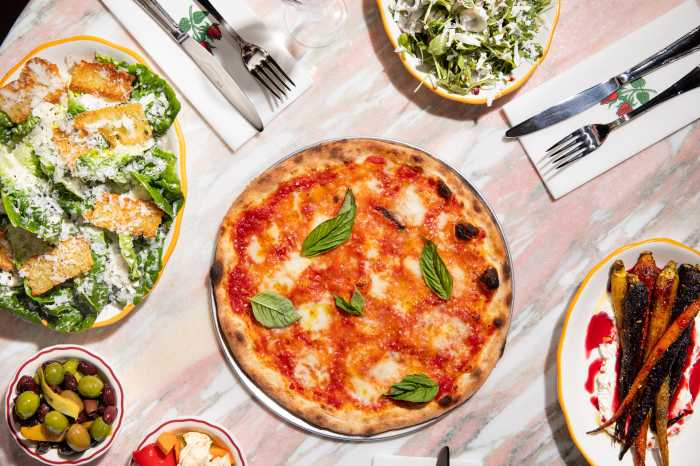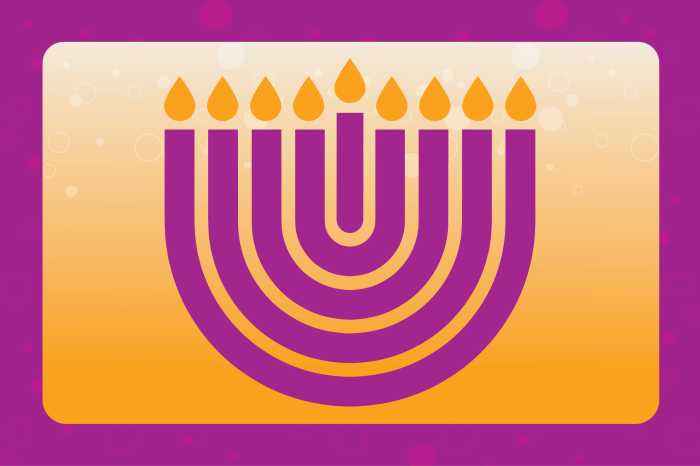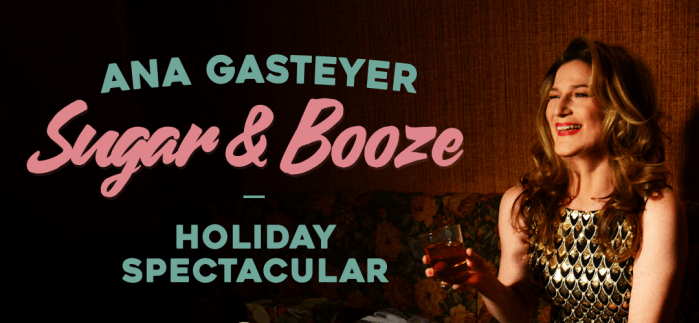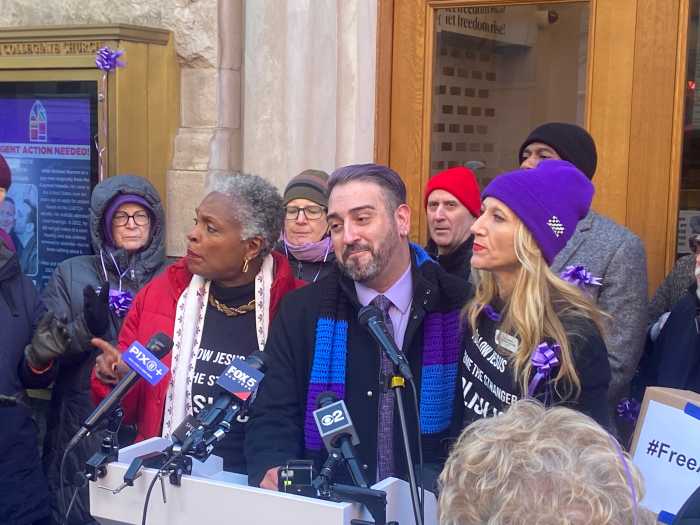Oyster summer season is in session.
The mollusk may be the unofficial food of summer in terms of bringing people together, especially when paired with drink specials. But how well do you know it?
“I noticed a lot of people love oysters but they don’t know a lot about them,” says Julie Qiu, an oyster expert and founder of the website In A Half Shell. “But knowing a little bit more helps them appreciate what they’re having and what you should look for and what standards to hold.”
Here’s what you need to know before your next oyster happy hour.
Reputation is key
“The first thing that people should do is actually go to a reputable oyster bar,” says Qiu, who is a fan of The John Dory, Cull & Pistol, Maison Premiere and AQUAGRILL. “Having someone who is knowledgeable about oysters makes a world of difference in how you can enjoy them. You just don’t want to go to any old place for dollar oysters.”
Fresh, fresh, fresh
Eating raw seafood has its risks. Going to a reputable place that has a high turnaround can also help make sure you’re getting the freshest oysters possible. There are also ways to tell if your oyster is of good quality. “The meat should look really hydrated, that it feels like there’s a lot of liquid, or oyster liquor,” Qiu says. “A fresh oyster shouldn’t smell fishy.” If it looks like you got a bad oyster, send it back. “I’ve been known to send oysters back, simply because the shucking was just done so poorly or it was clearly not a good oyster,” Qiu says.
Want the freshest oysters? It’s all about the shucking. “I like going to oyster bars where I see the shuckers opening the oysters in front of me,” says Qiu. “I know theyare opened fresh rather than someone opening them in the back and letting them sit there all day.”
Here’s where to go to have oysters shucked fresh in front of you in NYC:
AQUAGRILL, 210 Spring St., 212-274-0505
Desnuda, 221 S. First St., Williamsburg, 718-387-0563, ; 122 E. Seventh St., 212-254-3515
Greenpoint Fish and Lobster Co., 114 Nassau Ave., Greenpoint, 718-349-0400
Grand Army, 336 State St., Boerum Hill, 718-422-7867
Grand Banks, Pier 25 in Hudson River Park, 212-960-3390
Grand Central Oyster Bar, Grand Central Terminal, lower level, 89 E. 42nd St., 212-490-6650
The John Dory, 1196 Broadway, 212-792-9000,
Maison Premiere, 298 Bedford Ave., Williamsburg, 347-335-0446
Pier A Harbor House, 22 Battery Place, 212-785-0153
The ‘R’ rule
There’s a popular rule that you should only eat oysters during months that end in the letter “R.” And while the winter is the best time of year for oysters on the East Coast — the water is colder, making them fatter and sweeter — there really isn’t any seasonality now thanks to shipping, refrigeration and strict harvest regulations, says Qiu. “The ‘R’ rule now is currently a myth you don’t have to follow,” she says. “However, I would not condone recreationally going out and harvesting oysters from really warm water and eating them. That’s probably not the best idea.”
East Coast vs. West Coast
Most menus in NYC feature oysters from the East Coast or the West Coast, and they taste very differently thanks to the environment, “just like grape varietals,” says Qiu, who likens oysters to wine. “It’s hard to generalize, but the East Coast oysters are going to taste more oystery, if you will, they’re going to taste like a mollusk … [while] West Coast oysters will take on a really distinct vegetal and cucumber note. Almost always, they tend to have a creamier texture, which can be a turn on or turn off for people.”
Oyster vocab
Here are some words to know when talking about the taste of oysters, as defined by Qiu. Use them to impress your friends.
Briny: “Briny notes the salinity or ocean quality of the oyster. The higher the brine, the more it will feel like you’re taking a dive in the ocean.”
Sweetness: “That’s when you chew into an oyster — you will actually taste sweetness in the body.”
Minerality: “I’d describe it as licking a rock. It’s actually more delicious than what that sounds like.”
Finish: “Sometimes oysters can linger on your palate for a long time and others abruptly stop once you swallow. The ones that tend to linger are the West Coast oysters.”
The going rate
In general, East Coast oysters will cost $2.50-$3.50 a piece and West Coast $2.65-$4, says Qiu, with prices impacted by the fact that oyster farming is very labor intensive. There are breaks, though. “Happy hour definitely exists and makes oysters so much more accessible,” she says. “Most happy hours also offer a single variety of oyster, such as Blue Point, which I think is perfect for anyone that just wants to have an oyster fix and not really think about where they’re from. They usually tend to be local and relatively fresh.”
Accoutrements
The accoutrements are the various toppings that accompany oysters, and range from lemon and mignonette sauce (shallots, vinegar and black pepper) to ponzu and yuzu. Qiu recommends first trying your oyster “naked” before adding any. “If you really want to truly appreciate the natural essence in an oyster, try the first one without any of the accoutrements,” she says. After that, she likes adding a minimal amount of mignonette or lemon with East Coast oysters, and ponzu and yuzu for West Coast. But never generic cocktail sauce. “Save it for the shrimp,” Qiu says. “I feel like it was never intended for something as delicate as the oyster.”
Faux pas
There is a wrong way to eat an oyster. “Don’t pour the oyster liquor from the oyster,” Qiu says. “I see people dumping the seawater, and that’s really an essential part of the experience. The proper thing to do is slurp the entire thing.”
Reading material
For further reading about the oyster, Qiu recommends “A Geography of Oysters” by Rowan Jacobsen and “The Big Oyster” by Mark Kurlansky. Qiu has also published her own book, “New York Oyster Map“, which features 30 raw bars in NYC and a history of the oyster in the city.
Oysters 102
To take your oyster experience to the next level, Qiu recommends learning how to shuck them yourself. “It’s a little intimidating for people, but I really encourage them to learn how to shuck oysters,” she says. “You can buy them so much cheaper, and opening them yourself at home is such a game changer.”





































